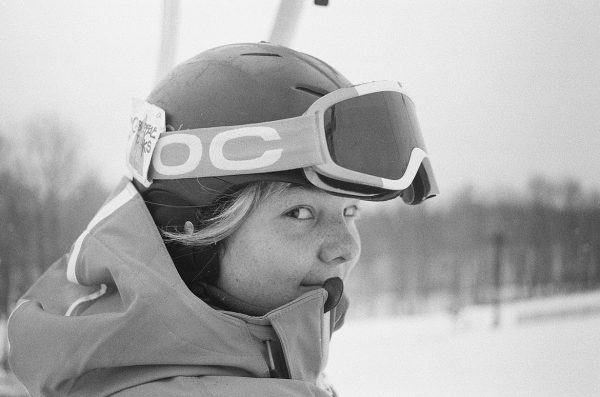The sidelines: the importance of medical assistance in sports

More stories from Olivia Oorbeck
Throughout the history of sports, injuries have always been inevitable. Most athletes will experience one injury during their careers. According to the National Safety Council, “In 2021, 3.2 million people were treated in emergency departments for injuries involving sports and recreational equipment.” Due to this, it has been a prime concept to take care of one’s body in order to perform and stay in peak shape. However, a part of sports that many tend to forget about or take for granted is the need for medical assistance.
In many levels of sports, it is important for there to be some form of medical help in case something goes awry. A recent event that occurred during a nationally televised NFL game is a prime example. Buffalo Bills player Damar Hamlin, while on the field, went into cardiac arrest after tackling another player. After the impact to the his chest, he dropped on the field with no pulse. Had it not been for the quick action of trainers and medical staff, Hamlin would not have been able to be revived later at the hospital.
In professional sports, it is standard protocol to have on-site medical assistance on site. “On average, there are 30 healthcare providers at a stadium on game day to provide immediate care to players.” In comparison, high school sports require far less. For instance, at Forest Hills Central High School, there are only two athletic trainers that provide assistance to athletes in all 37 sports teams. The sheer abundance of athletic events and athletes makes it nearly impossible to have paid medical oversight during events. In many cases, the athletic trainers are not available for the majority of high school sporting events. Often times, spectators and other bystanders are expected to step up and help an athlete who has been injured. At FHC, both athletic trainers do an excellent job making sure that they constantly travel between on-site sports and make it extremely easy for coaches, athletes, and administrators to reach them via phone and in-person.
Due to the fact that some sports are riskier to athletes than others, athletic trainer coverage can be dictated by this. “Not surprisingly, and confirming the findings of previous studies, a new study finds that high school football players are at the greatest risk of severe injury (0.69 per 1,000 athletic events), accounting for fully 4 out of 10 (38.1%) of all severe injuries suffered in the nine sports studied.” This puts many students at risk because of the lack of medical professionals on site. However, many states make it a requirement for on-site emergency crews to be at events. For instance, you will see paramedics, often times in an ambulance, at Friday night football games.
Another issue that contributes to athlete injury can be attributed to coaches having a lack of medical training. Although coaches can be extremely educated in the X’s and O’s of the game, they may not be that adequate when it comes to safety protocols. To combat this problematic situation, some high school athletic associations, such as the MHSAA, demand and require that at least one coach, typically the head coach, on each staff be certified in CPR and health safety. Typically, classes are offered for free or at a minimal cost by organizations such as the American Red Cross.
The health and well-being of student-athletes is highly dependent on the medical and emergency protocols, procedures, and policies within the schools that provide care and oversight for athletes during events. If we do not begin to take this seriously, we will continue to see a rise in athletic injuries and severe consequences that can leave a lasting impact on one’s life.

Olivia Oorbeck is a senior on the FHC Sports Report. She is excited about entering her second and final year on the staff. This year, she received the...



